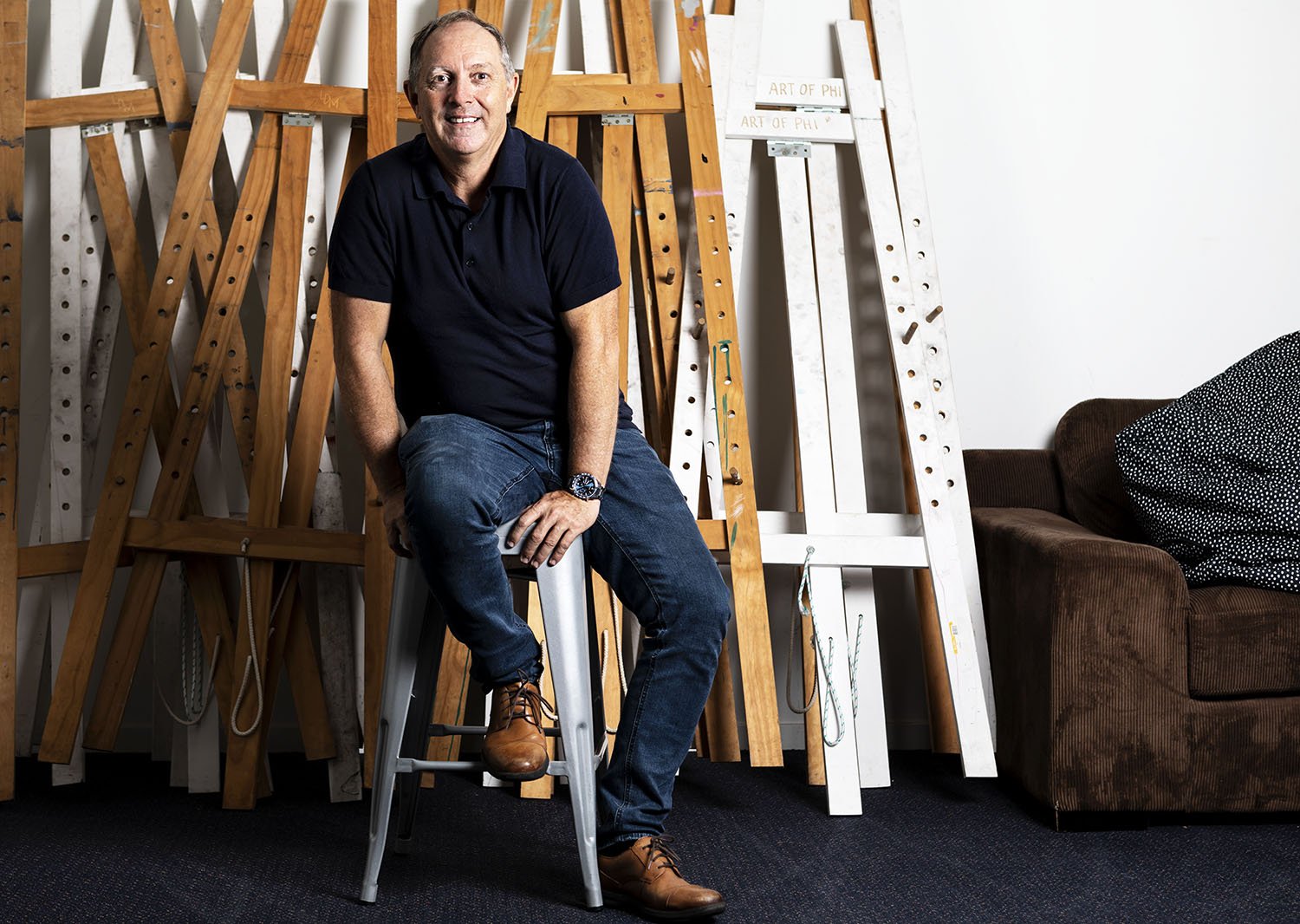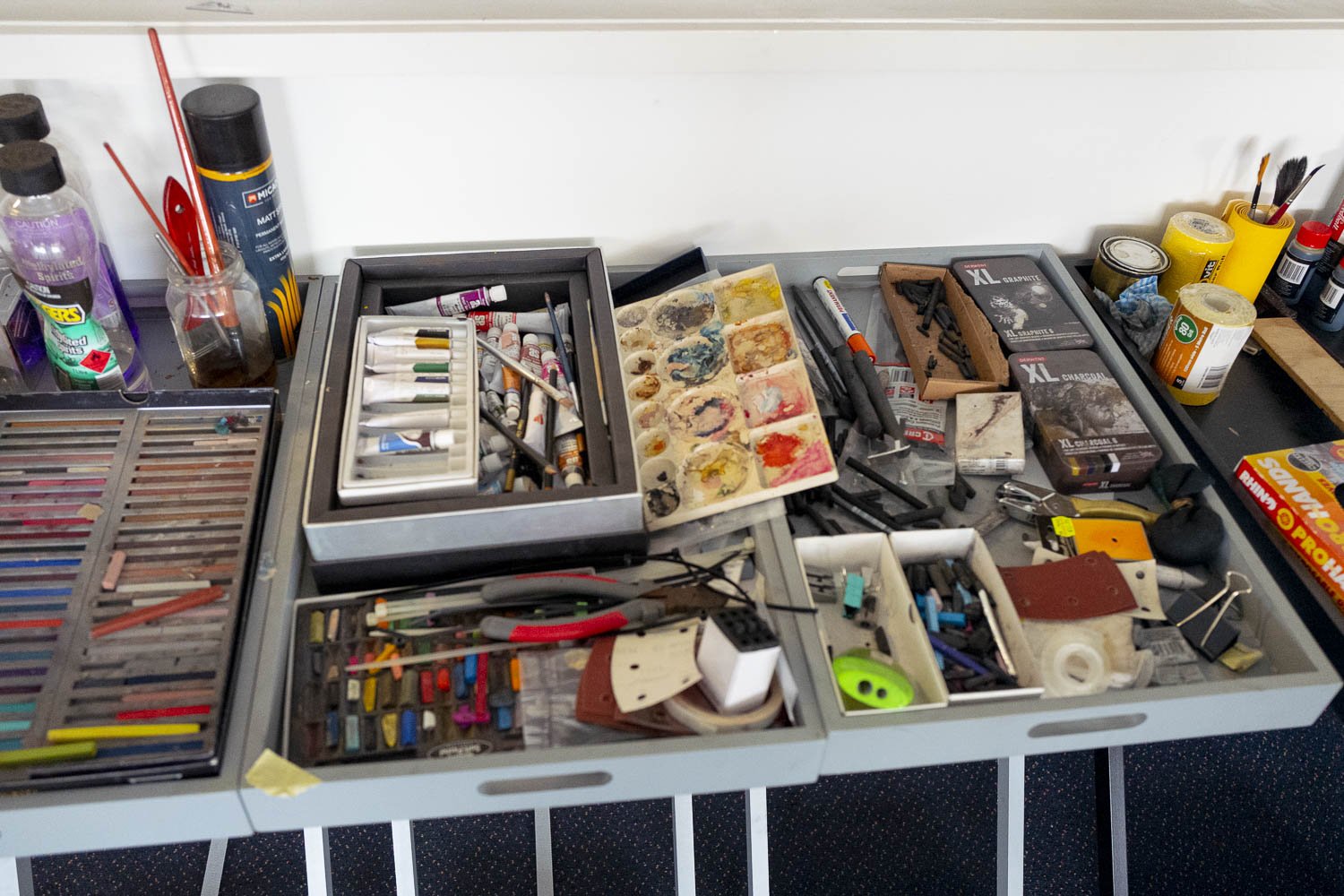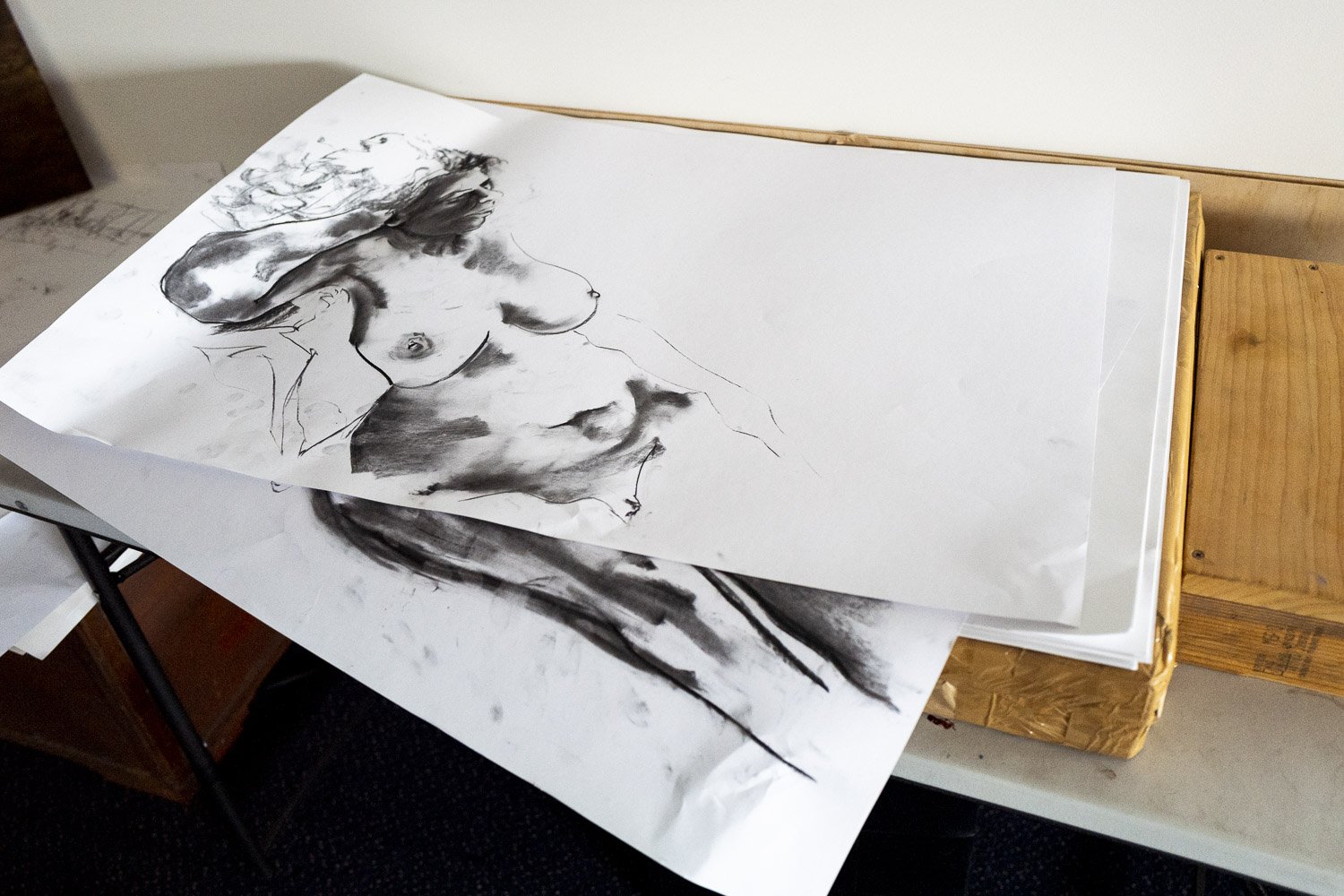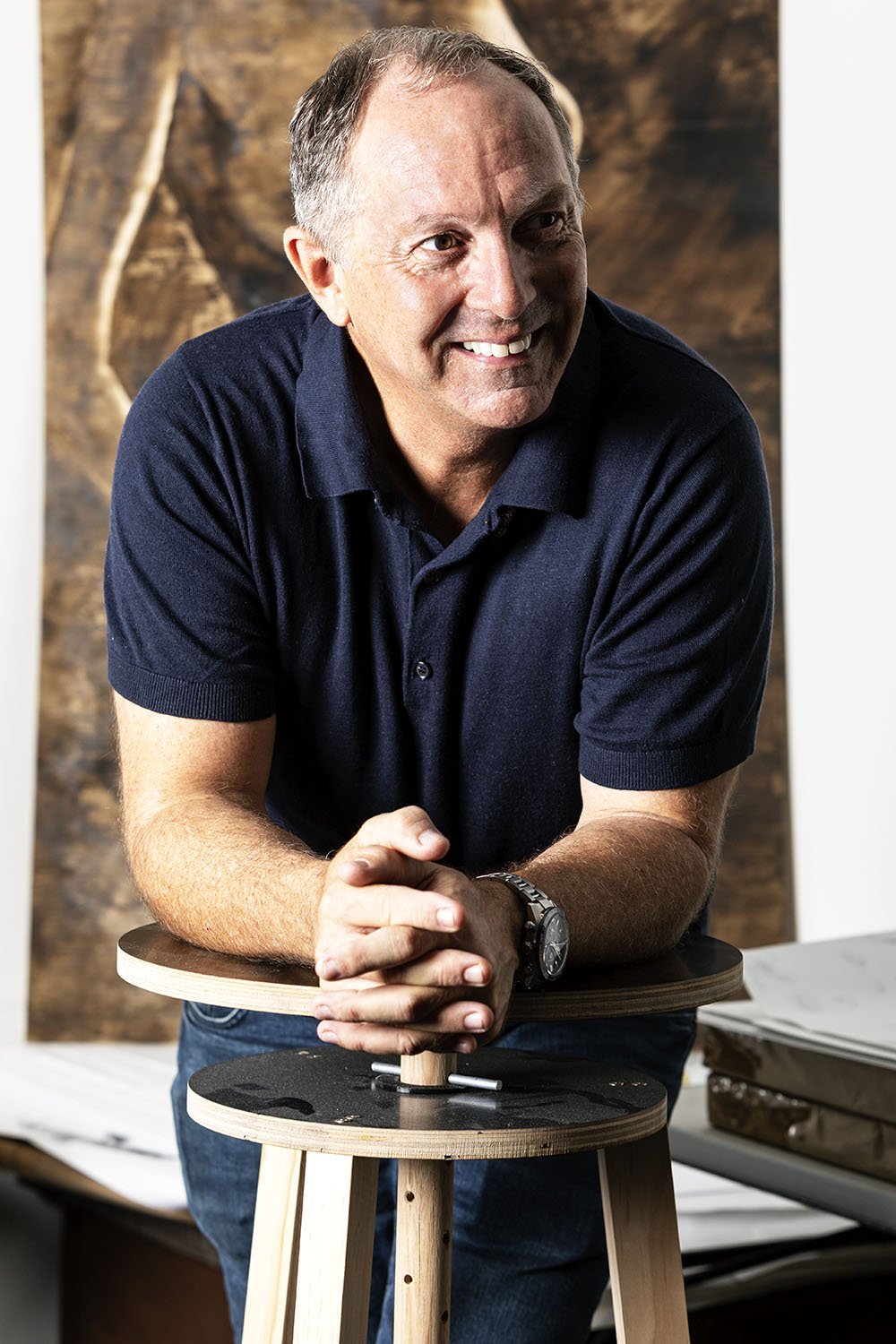Scott Betterridge
Air Force, Artist
When Scott was in school in Grafton, NSW, he topped his year in Art. His teacher recommended to his father that he become a professional artist. On the way home from that Parent-Teacher interview, his father said, “You won’t do art. You’ll get yourself a real job.”
Scott reflects on his art, “I parked it when I joined the RAAF and picked it up again after my military service.”
During that time, Scott served 20 years in the Air Force which, he says, “ingrained efficient time management into me. I don’t waste time. I multi-task and I manage to do many things that interest me.”
In the Australian Air Force, Scott was an Avionics Technician. He worked on the aircraft Avionics systems, including electrical, instrumental and radio. “I loved it,” he says. “I’d still work on helicopters tomorrow if I could. I worked on Chinook CH47C helicopters at 12 Sqn for about seven years, then Hercules at 486 Sqn for three years and then Caribou at 38 Sqn for eight years. Before I left the RAAF, I ran F-111C Avionics and Oxygen workshops at 501 Wing.
“One of the most important things I learnt in the Air Force is that there’s nowhere to park at 30,000 feet. You’ve got to get everything right before you start. That’s the mindset that I now bring to my clients and to my business.”
Scott’s business is Financial Advice and Stock Broking. However, the road to his success in business has been a challenging one. He trusted his former partner who sent their previous business into insolvency.
He remembers, “I lost everything. I started again at 45 years of age and, in eleven years, have once again built up my own successful business.” He adds, “Art was my way of working through my anger and grief during that time. I had started my art journey five years before my bankruptcy and it was very cathartic.
"Since then, I’ve taught art and run workshops using art for healing. To lower the barriers to art, we start simply with finger painting. Ironically, my mantra has been about balancing the evil that was involved in the business collapse with as much good as I can do. I have a strong sense of Yin-Yang. It’s innate in me. I always strive for balance.
“The propensity for defence personnel to be vulnerable once they leave the ADF is there for us all. It’s not about intelligence as they’re all highly intelligent people. In the defence force, it’s called SERVICE because you’re giving. But not everyone survives twenty years of giving. That’s what people are dealing with in their repatriation to ‘normal’ life. Art is a profound way of exercising some kind of control over your own life and bringing balance to it.”
As with his business, Scott’s journey to art has not been an easy one. He recalls, “The military would never have encouraged me to do art, nor would my father, nor would society. They’d say do sport, engineering, make lots of money, but don’t follow a career in art. I was locked into that approach or social norm of the time. I had to give myself permission to do what wasn’t really acceptable or seen as normal.”
Scott was at a barbecue and made a throw away comment about wanting to do art someday. One of his friends told him of an art class nearby, so Scott followed his feelings and joined the class.
“Now, I run that group and I own the studio,” he laughs. “I spent a lot of money allowing people to follow their art dreams. The class was threatened with closure because there was no space to rent. I bought a space, because I could.”
He now paints and draws and runs Life Drawing classes in the studio once a week. He says, “I learnt by doing, without any formal training. I still love it. Another one of my mantras is to only do what you really enjoy and are passionate about. That’s just how I roll. I concentrate on things I like to do. Art gives me the opportunity to let my brain stop. When I’m drawing or painting, I’m thinking of nothing else.”
“My studio is called Art of Phi. It’s named after the Golden Ratio in mathematics. Phi appears in patterns in nature and many artists have proportioned their work to approximate the Golden Ratio. To me, it encompasses the balance I seek in my art, in my life and in myself.”





